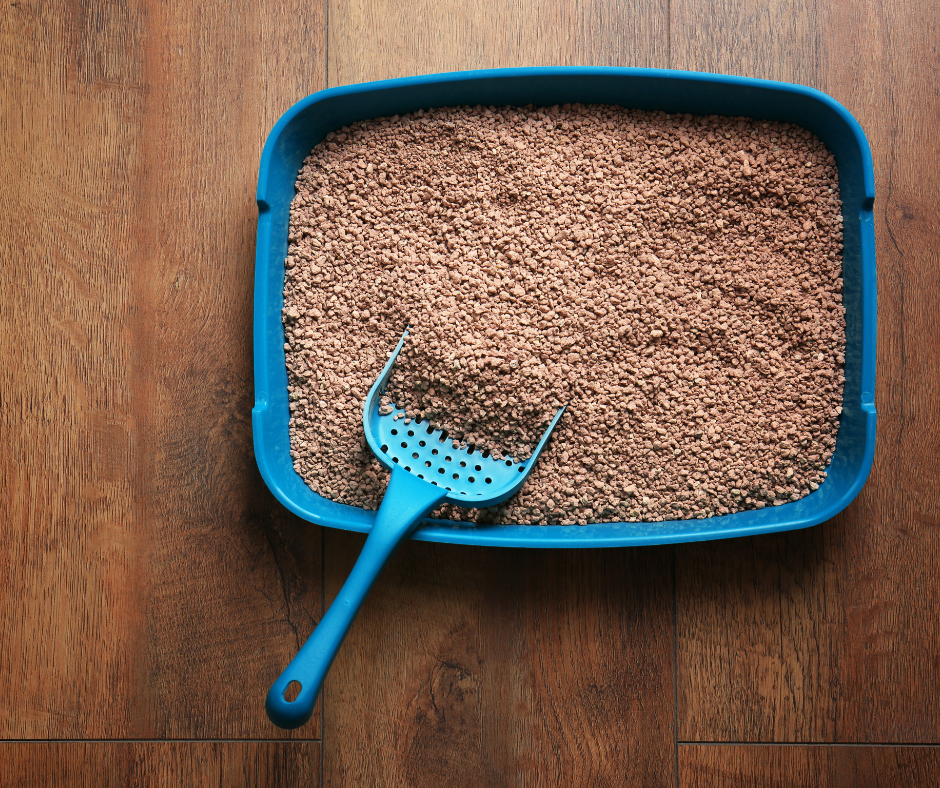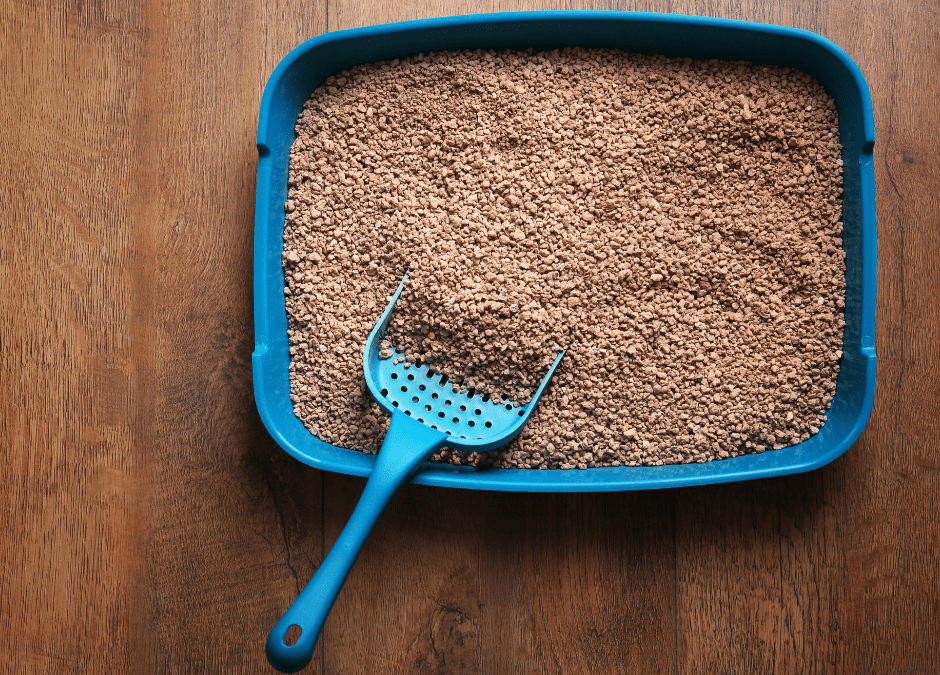HOW TO PREVENT & SOLVE LITTER BOX PROBLEMS
No one likes to scoop the litter box, especially if you’re having problems like your cat peeing and pooping outside of it. But the good news is that by avoiding some common mistakes, you can prevent and solve many of these issues. Let’s dig in!
Number of Boxes
You should have 1 litter box per cat plus 1 extra box. (For example, if you have 2 cats, you should have 3 boxes.)

Size & Shape
Make sure your litter box is large enough for your cat, at least 1.5x the length of your kitty.
Also, be mindful of the shape of the box. For example, if you have an older cat with arthritis, opt for one with lower sides so it’s easier for them to climb in and out of it.
Covered or Uncovered?
Uncovered litter boxes are preferable to covered boxes because those with hoods only allow for one exit (which is especially important if you have multiple cats so they can’t be ambushed by one another). Plus, they prevent air circulation, and cats have a very strong sense of smell.
Note: Many cats dislike self-cleaning litter boxes because they’re too loud, they’re uncomfortable beneath their feet, and/or they don’t like the special substances required to be used with them.
Type of Litter
Opt for unscented clumping litter. Also, avoid any kind of deodorizer because it turns many cats away. Just keep the area clean.
Note: If your cat has a history of litter box trauma (e.g. fear from being ambushed by another cat, an infection that caused them pain when urinating, etc.), try different colors/styles of litter boxes, use different types of litter, and put them in new locations to let them choose which one they prefer.
Placement
Separate the litter boxes from one another, and place them in different areas of your home. Don’t try to hide them in a closet, basement, or garage. Put them somewhere with multiple exits because many cats feel anxious using the bathroom in an enclosed space. Cats don’t need privacy. They prefer to use the bathroom in open areas where they can “mark their territory”. Keep your cat’s limitations in mind too. For example, are they seniors that have difficulty with climbing up and down the stairs?
Also avoid putting your cat’s food and water by the litter box. No one wants to use the bathroom by their kitchen table!
How Often to Scoop
Scoop the litter at least once a day, if not more.
Don’t forget to wash the litter box and replace it with new litter once or twice a month. Cats are very clean animals so they may choose to eliminate elsewhere if their box isn’t cleaned on a regular basis.
Other Considerations
Remember, if your cat isn’t using the litter box, or if you have other concerns related to their bathroom habits, it might not be a problem with your litter box. There are several medical issues such as bladder stones, infections, inflammatory diseases of the bladder/urinary tract, hyperthyroidism, diabetes, colitis, constipation, etc. that could be affecting them so it’s important to have your cat examined by a veterinarian if you’re having problems.
Note: If your cat is unable to urinate, they need to be seen by a veterinarian right away because this is a medical emergency!

